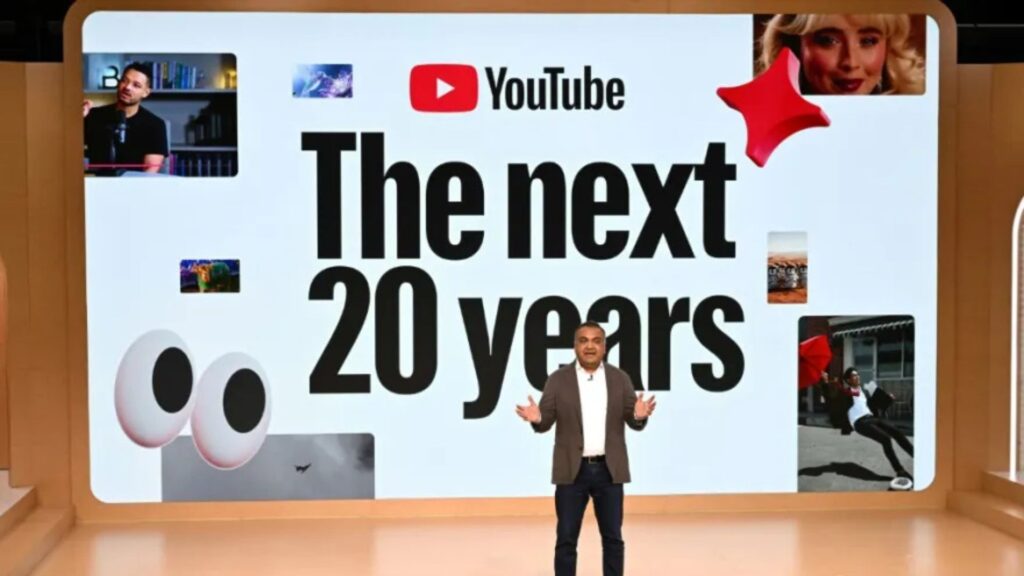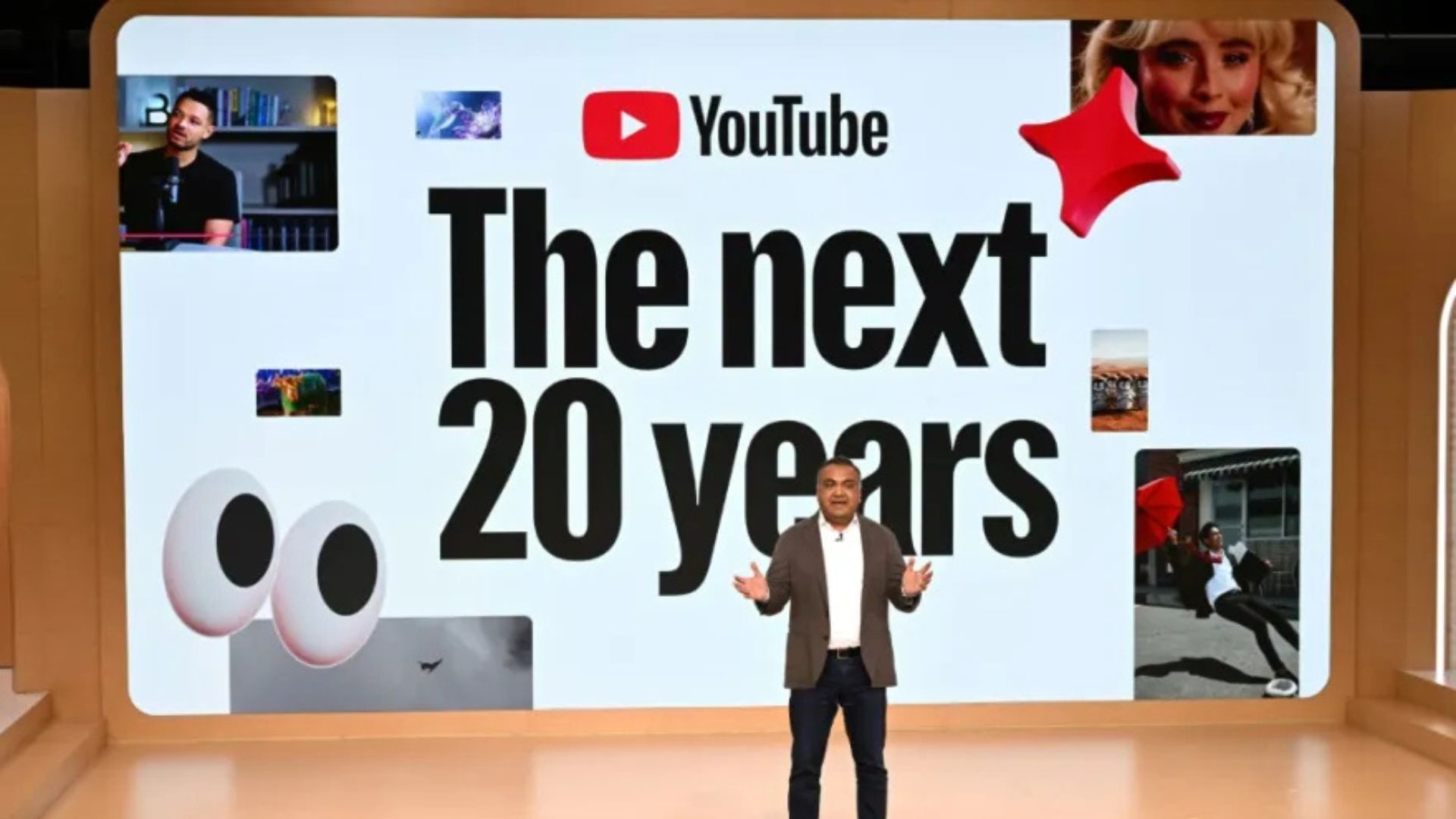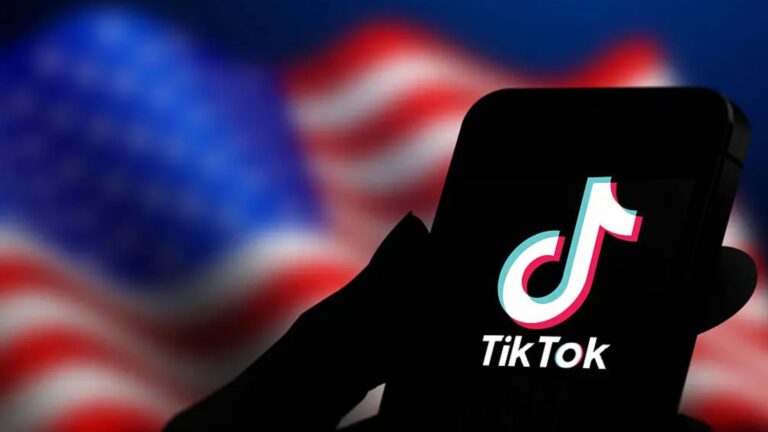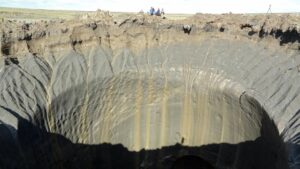
At its “Made on YouTube 2025” event in New York on September 16, YouTube announced a comprehensive package of AI-powered tools designed to streamline video production, enhance creative storytelling and bolster creator safety. The platform’s latest innovations span short-form generation, automated editing, conversational analytics, deepfake detection and collaborative features, underscoring YouTube’s commitment to “empower creativity and storytelling” for its more than 50 million registered creators worldwide.
Veo 3 Fast Integration Brings Text-to-Video to Shorts
The centerpiece of YouTube’s announcement is the integration of Veo 3 Fast, a text-to-video engine developed by Google DeepMind, directly into the Shorts creation interface. Veo 3 Fast enables users to generate 480p short videos with synchronized audio by simply entering text prompts. To access the feature, creators tap “Create” and then the brightness icon in the upper right corner of the Shorts editor. Initially available in the United States, United Kingdom, Canada, Australia and New Zealand, YouTube plans to roll out Veo 3 Fast to additional markets in early 2026.
“Edit with AI” Automates Post-Production
YouTube Studio will soon offer Edit with AI, an automated editing tool that transforms raw footage into fully produced videos complete with music, transitions, captions and AI-generated narration. In testing now with select creators, Edit with AI uses machine learning to identify highlights, suggest pacing and insert royalty-free soundtracks, significantly reducing hours of manual editing. The feature will enter general availability in late Q4.
“Ask Studio” Delivers Conversational Analytics
To help creators make data-driven decisions, YouTube introduced Ask Studio, a conversational AI assistant embedded in YouTube Studio. Creators can pose natural-language questions—such as “How is my latest video performing compared to last month?” or “Which audience segment watches my content longest?”—and receive tailored insights within seconds. Ask Studio draws on channel analytics, audience demographics and engagement metrics to recommend optimal upload times, video thumbnails and content formats.
Deepfake Defense with Facial Similarity Detection
In response to concerns over unauthorized face usage, YouTube expanded its facial similarity detection tool into open beta for all Partnership Program members. Creators can upload reference images to identify videos that feature their likeness without permission and submit takedown requests directly. The system employs computer vision to flag suspicious content, helping protect individuals from deepfake manipulation and identity misuse.
Additional AI-Driven Features and Collaboration Tools
YouTube also showcased several complementary tools:
- Speech to Song: Converts spoken dialogue into original soundtracks for Shorts, offering multiple genre options.
- Enhanced Auto-Dubbing: Provides AI-generated voiceovers in over 20 languages with improved lip-sync accuracy.
- Multi-Creator Collaboration: Allows up to five creators to co-author a single video project, sharing assets and editing rights within YouTube Studio.
Commitment to Creator Economics and Human Creativity
Highlighting the platform’s support for its community, YouTube noted it has paid over $100 billion to creators in the past four years. Neal Mohan, YouTube CEO, emphasized that these AI tools are designed to foster human creativity, not replace it, by automating repetitive tasks and giving creators more time to focus on storytelling and audience engagement.
With the new AI tool package, YouTube aims to solidify its position as the premier platform for video creation, enabling both emerging and established creators to produce higher-quality content at unprecedented speed while safeguarding their rights in an increasingly automated media landscape.











